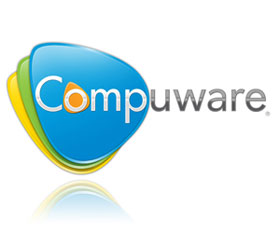Sentech unveils new vision

Following interventions by the Department of Communications (DOC) and a full review of its business – signal distributor, Sentech, has unveiled its new corporate plan as it works towards fulfilling its mandate.
In a statement released today, the signal distributor noted that in accordance with its mandate as a state-owned enterprise, its new strategy is informed by and aligned to government’s Medium Term Strategy Focus (MTSF) goals and by the corporate objectives as set by the board of directors.
“In putting together the Corporate Plan, Sentech focused on its mandate which is to enable government intervention in the communications sector through network-based infrastructure,” the statement reveals.
Over the years, Sentech has come under fire for having an unclear mandate; failing to fulfil its objectives; poor financial management; and for battling to source funding for its major projects.
Following interventions by the Department of Communications (DOC) – which put in place a task team that recommended an urgent turnaround strategy for the SOE – the signal distributor says it’s now set to effectively fulfil its mandate.
In the preceding weeks, Sentech presented its corporate plan to the DOC and the Portfolio Committee on Communications. The corporate plan sets out the company’s objectives, related strategies and operational plans in line with the mandate, shareholders imperatives and government priorities for the period.
“The strategy for the Medium Term Expenditure Framework (MTEF) period will focus on consolidating the Broadcasting Signal Distribution products and services, termination of unsustainable services, implementing the National Wireless Broadband Network strategy, preparing for the launch of commercial Digital Terrestrial Television and evaluating business models for new managed Network services. These pillars represent the company’s turnaround strategy that will ensure long term sustainability,” says Sentech.
As part of the turnaround strategy, Sentech has reviewed its position in relation to its core mandate of enabling government to intervene in the ICT sector through network-based infrastructure.
In 2004 Sentech used its multimedia licence to launch the MyWireless service. The product failed and was discontinued in 2009 following a board resolution to exit the retail market and competition with the private sector.
In terms of the consolidated National Broadband Network spearheaded by the DOC, the role of Sentech is to provide NWBN services to rural and underserviced areas of the country.
“In this regard, Sentech will enable government to increase broadband penetration in rural and underserviced areas. This provision of access to these broadband services through the NWBN is, therefore not re-entering the retail space,” Sentech says.
According to the company, the migration from analogue to digital television is a critical project which seeks to ensure that SA migrates to DTT within the ITU and government timelines. This project will also determines the future viability of Sentech as a public service enabler in the provision of broadcasting signal distributor services.
In January 2011, the minister of Communications announced DVB-T2 as the country’s adopted standard for digital migration. The announcement posed challenges for Sentech as the tests to date had been rolled out on DVB-T.
“In consideration of the above, Sentech will expedite the roll-out of the DVB-T2 network in order to achieve infrastructure and actual content coverage target of approximately 74% of the population by end of March 2012.”
“Sentech commits itself to the delivery of its public service mandate which is to implement and ensure sustainable operations of infrastructure-based interventions; target content-based services and impact on communications industry and society at large,” the company states.




